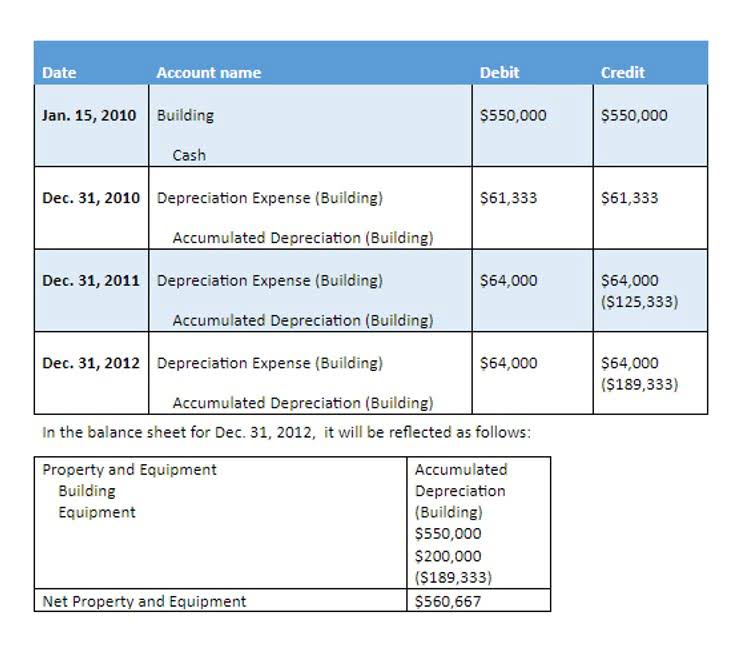
If the books don’t balance, the discrepancy needs to be investigated and corrected before moving forward. Each account should include an account number, description of the account, and its final debit/credit balance. In addition, it should state the final date of the accounting period for which the report is created. The main difference from the general ledger is that the general ledger shows all of the transactions by account, whereas the trial balance only shows the account totals, not each separate transaction. In a trial balance, each general ledger account is listed with the account number, account name description, debit amount in the Debit column, and credit amount in the Credit column.
The trial balance itself is not a financial statement, but comprises all the information required for creating the three main financial statements—the cash flow statement, the balance sheet, and the income statement. In the accounting cycle, preparing the trial balance comes right after posting journal entries to the ledger’s accounts, and just before preparing the financial statements. A trial balance is a worksheet with two columns, one for debits and one for credits, that ensures a company’s bookkeeping is mathematically correct. The debits and credits include all business transactions for a company over a certain period, including the sum of such accounts as assets, expenses, liabilities, and revenues. Accountants use trial balance reports and worksheets for a reporting period to determine whether the general ledger account debits and credits are in balance.
What’s the Role of a Trial Balance in Accounting?
Errors can also creep in during the transfer of amounts from ledger accounts to the trial balance. Given the volume of transactions, even small, seemingly insignificant errors can snowball into major discrepancies. This balance is transferred to the Cash account in the debit column on the unadjusted trial balance. Accounts Payable ($500), Unearned Revenue ($4,000), Common Stock ($20,000) and Service Revenue ($9,500) all have credit final balances in their T-accounts. These credit balances would transfer to the credit column on the unadjusted trial balance. For instance, in our vehicle sale example the bookkeeper could have accidentally debited accounts receivable instead of cash when the vehicle was sold.
If this step does not locate the error, divide the difference in the totals by 2 and then by 9. If the difference is divisible by 2, you may have transferred a debit-balanced account to the trial https://www.bookstime.com/ balance as a credit, or a credit-balanced account as a debit. When the difference is divisible by 2, look for an amount in the trial balance that is equal to one-half of the difference.
Accounting Basics
If it’s out of balance, something is wrong and the bookkeeper must go through each account to see what got posted or recorded incorrectly. The general ledger accounts’ debit and credit column sums must equal one another to identify potential accounting issues. This equivalence aids in detecting flaws in the accounting records, such as omitted entries or incorrect transfer instructions. Once all balances are transferred to the unadjusted trial balance, we will sum each of the debit and credit columns. The debit and credit columns both total $34,000, which means they are equal and in balance. However, just because the column totals are equal and in balance, we are still not guaranteed that a mistake is not present.
In this case, it should show the figures before the adjustment, the adjusting entry, and the balances after the adjustment. Know which account should be coded as a debit and which account is a credit when recording trial balance transactions. After the preliminary Unadjusted Trial Balance, also known as the Trial Balance, is prepared, accountants review it and determine if corrections are required for determining adjusted balances.